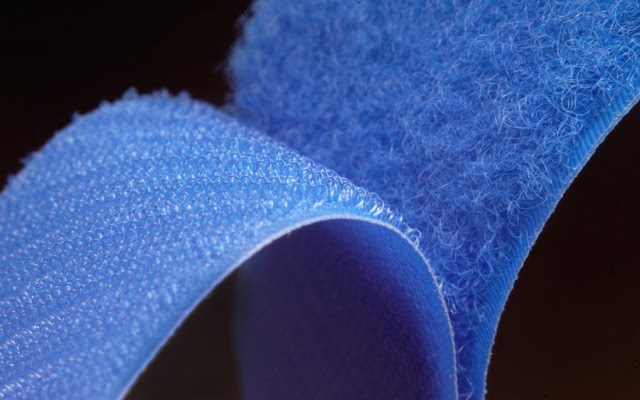
Can you recall when you first discovered how to tie your shoelaces? Perhaps you had just acquired a new pair of fancy sneakers. You were eager to test them out at the nearest playground. But before that, you had to learn how to handle those long laces and tie them into a knot.
Learning how to tie your shoes can be quite challenging initially. On your first attempt, it might have seemed impossible to manipulate your fingers around those long strings in order to cross, loop, and pull them into a knot that would hold your shoes securely on your feet.
However, with some practice, you soon realized that you could swiftly twirl your laces around your fingers as they naturally twisted and turned into a perfect knot. Even after mastering the art of tying your shoes, you might still prefer shoes that do not have complicated shoelaces.
Instead, those shoes often have straps covered with soft black material that appears to magically hold itself together while keeping your shoes firmly in place. What is that material we are referring to? Velcro®, of course!
Before we delve into the history of Velcro®, it is important to note that Velcro® is actually just a brand name commonly associated with a type of fastener technology known as hook and loop fasteners. Hook and loop fasteners are extremely popular and can be found in a wide range of applications, only a fraction of which are manufactured by the company that owns the Velcro® brand name.
Hook and loop fasteners were inspired by nature. Back in 1941, Swiss engineer George de Mestral observed that burrs from burdock plants would cling to his pants and his dog’s fur after a hunting trip. Intrigued, de Mestral became curious about what made the burrs stick so tenaciously.
After conducting research, de Mestral discovered that burdock plants dispersed their seeds by attaching them to animals that brushed against them. When he examined a burr under a microscope, he found hundreds of tiny hooks on its surface. These hooks would latch onto anything with a loop-shaped structure, such as the fibers in his pants and his dog’s tangled fur.
Using the burr as his inspiration, de Mestral developed the first hook and loop fastening system using nylon fabric. He patented his invention in 1955, giving it the name Velcro® derived from the French words “velours” and “crochet,” which mean “velvet hook.”
In a typical hook and loop fastener, one panel of material contains numerous rigid plastic hooks while the opposite panel contains an equal number of thin plastic loops. When these panels are pressed together, the hooks firmly grip the loops, creating a strong bond that can be easily separated by peeling the panels apart.
Today, hook and loop fasteners are considered one of the most widely-used inventions of the 20th century. They can be found in countless applications, including footwear, clothing, diapers, life vests, luggage, backpacks, and sporting goods.
Try It Out
To ensure that today’s Wonder of the Day sticks with you, we highly recommend trying out the following activities with a friend or family member:
- Can you find any items in your house or garage that have hook and loop fasteners instead of shoelaces? Take a look around and see how many you can find.
- Go on a field trip to a hardware store with an adult and ask an employee to show you their selection of hook and loop fastener products. Compare them to similar products in the store and think about which ones would work best for different applications.
- If you’re feeling crafty, use hook and loop fasteners to create your own Velcro Bullseye & Ball Game. Check online for directions and make sure to get any necessary supplies from the store with the help of an adult.
Wonder Sources
- http://www.velcro.com/business/customer-service/faq
- http://www.ehow.com/how-does_4689227_velcro-work.html
- http://www.yalescientific.org/2010/02/everyday-qa-how-does-velcro-work/





Leave a Reply